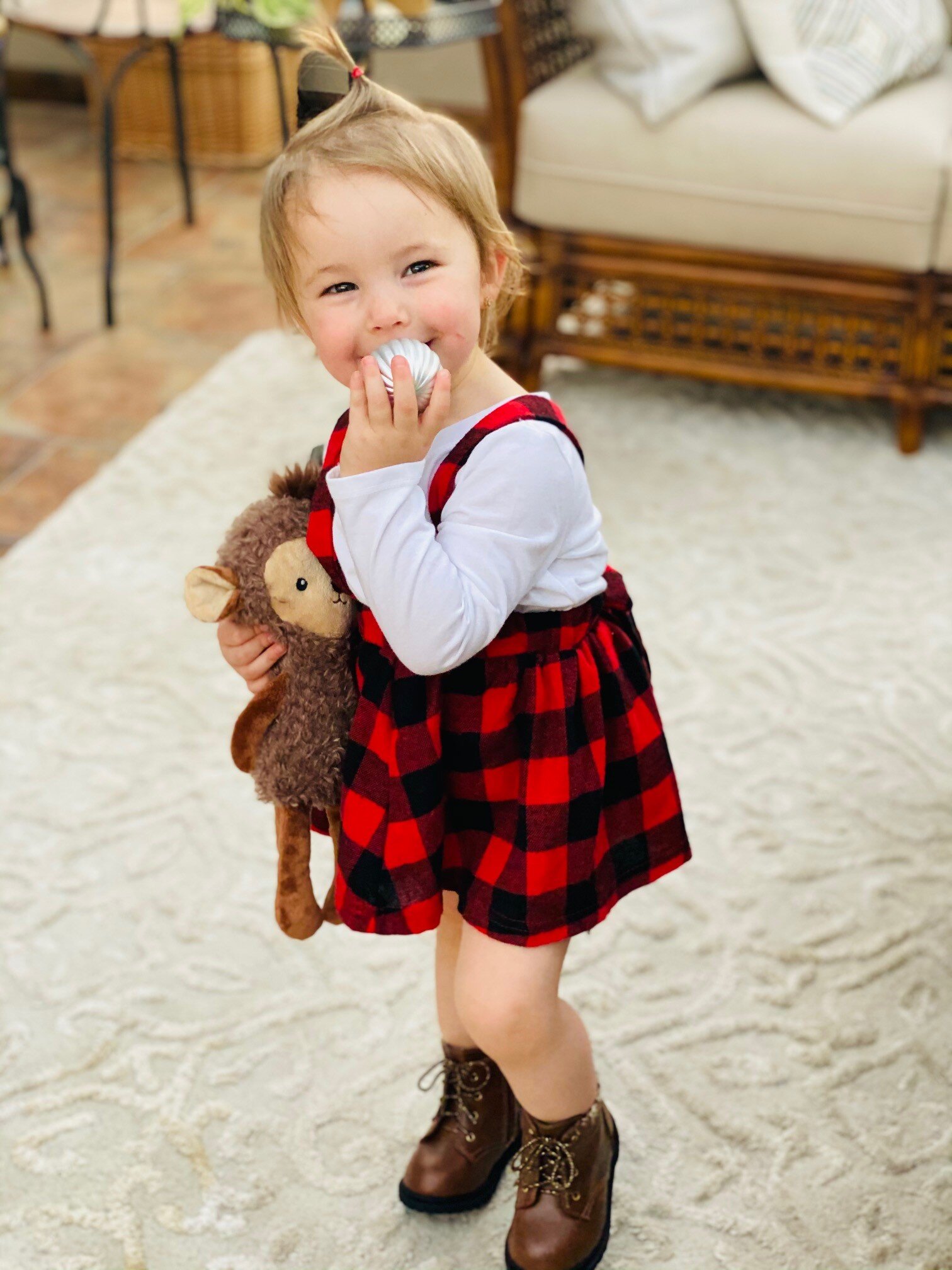Have Yourself a Merry Little Stem Cell!
Today’s post is a tale of two stem cells. IAB decisions regarding stem cells, that is. The earlier case is Julius Baynard v. AE Quesenberry, IAB Hr’g No. 1483348 (Mar. 17, 2020) and the very recent case is Pablo Alanis-Federick v. Asplundh Tree Expert, IAB Hr’g No. 1439328 (Dec. 4, 2020). And the two very divergent outcomes exemplify the adage that The Lord giveth and The Lord taketh away. As a defense lawyer, I prefer the latter, but you claimant lawyers out there will applaud ruling No. 1, which awarded the treatment based on the following:
Dr. Jason Brokaw, the DME doc, does not perform spine surgery or specialize in treatment of the spine.
Dr. Bruce Rudin (the treating doc) was very specific as to the diagnosis and his analysis of the various diagnostics, concluding in favor of an L4-5 circumferential annular tear, and the Board gave his opinion “great weight as he is an orthopedic surgeon with specialized training and extensive experience in the evaluation and treatment of spinal injuries”.
Noting that the treatment in question is not part of the DE Health Care Practice Guidelines and that Dr. Rudin benefits financially from the use of this protocol, the Board nonetheless embraced Rudin’s unrebutted testimony as to the safety and efficacy of the procedure while pointing out that Dr. Brokaw has “no training or experience in the use of regenerative medicine or treatment of the spine generally” and as such, his testimony carried minimal weight.
The treatment in question is less invasive and less expensive and in this case appeared to yield a beneficial outcome in a 30 year old worker.
Turning to ruling No. 2, the Alanis-Federick case, the players changed as to the DME doc, with Dr. Scott Rushton taking the stage with his usual proclivity to call out Delaware docs for being a little too familiar with the scalpel. Unlike Dr. Brokaw, Dr. Rushton is a spinal surgeon. Lesson learned. And Rushton turned the tide based on the following commentary adopted by the Hearing Officer:
There is no FDA approval as to this treatment of the spine, and there is a lack of any approved technique, valid statistical research or science to support this sort of application.
Dr. Rushton has treated thousands of patients in his practice and has never referred a single patient for lumbar stem cell injections.
Stem cell treatment has been used for tendinopathies in soft tissue structures such as the joints, elbows, shoulders and knees, with no significant statistical data to support its use in the lumbar spine “which does not have these soft-tissue elements within the joint to benefit from a regenerative-type approach.”
Moreover and potentially outcome determinative, Rushton testified that the treatment is not designed to restore biomechanics and ”spines will fail because of biomechanical and degenerative forces over time and such a regenerative technology will not supply any improvement to the spine’s actual architecture.”
In contrast to the Baynard case, there was minimal evidence of palpable improvement after the procedure.
Now for a plug for the 2021 DSBA Annual Workers Comp Seminar on May 4, 2021 (mark your calendars!) These cases and more will be examined in depth as part of a panel called Hot Topics in Alternative Medicine (think Ketamine, medical marijuana, plasma rich protein, stem cell injections). So much to learn, so little time.
On behalf of myself and Sweet Caroline, please accept our warmest wishes for an outstanding holiday season, one of joy, peace and perhaps a few hours away from the billables. There is nothing quite like the wonder of a child this time of year, so enjoy the photos of my granddaughter, Viviana Cassandra.
God bless us everyone!
Cassandra Roberts


